

Cities are like living bodies, each one animated by the pulse of human life. People give a city purpose, identity, and movement. When a city is abandoned, its soul departs, leaving behind only the silent architecture, a skeletal remnant of what once was.
While such environments can be hauntingly beautiful in their own right, they nonetheless evoke a sense of unease in the returning visitor who, even subconsciously, will be aware that their surroundings are akin to an architectural 'out of body' experience. They may be aware, too, that the thriving modern city they live and work in may one day suffer the same fate.
To mark Halloween 2024, we explore ten such cities that, while once filled with the soul of human activity, have since been left to decay and gently return to nature.
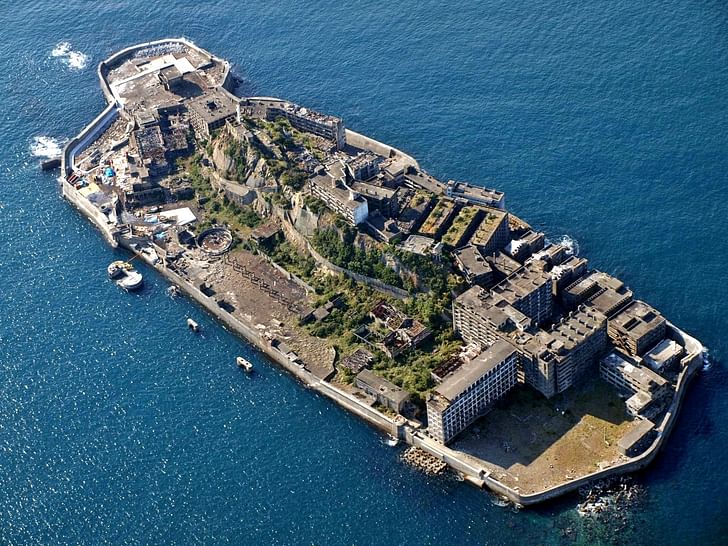
Nicknamed “Battleship Island” for its fortress-like appearance, Hashima is a concrete remnant of Japan’s industrial era. Having housed thousands of coal miners and their families in the early 20th century, the island was left deserted following its mine's closure in 1974.
Today, the island landscape's eeriness is compounded by the abandoned structures that, from a distance, appear to rise from the sea. The dense, weather-beaten concrete structures create a stark, maze-like landscape, made famous as a Bond villain’s lair in Skyfall. Decaying staircases and empty apartments remain as relics of a bygone era, embodying the speed with which thriving communities can vanish owed to industrial changes.

Built in 1970 to house workers for the Chernobyl nuclear plant, Pripyat’s Soviet architecture mirrors a once-thriving, idealized community. Brutalist high-rises, a large cultural center, and an amusement park were meant to showcase modern Soviet life until the 1986 nuclear disaster saw the city evacuated within hours, leaving personal belongings and an abandoned urban landscape among the forest.
Today, the city's iconic Ferris wheel, abandoned before it ever ran, has become an equally iconic ghostly symbol. Now overgrown and decaying, the city's structures are nonetheless a useful source of study for radiation scientists and archaeologists.
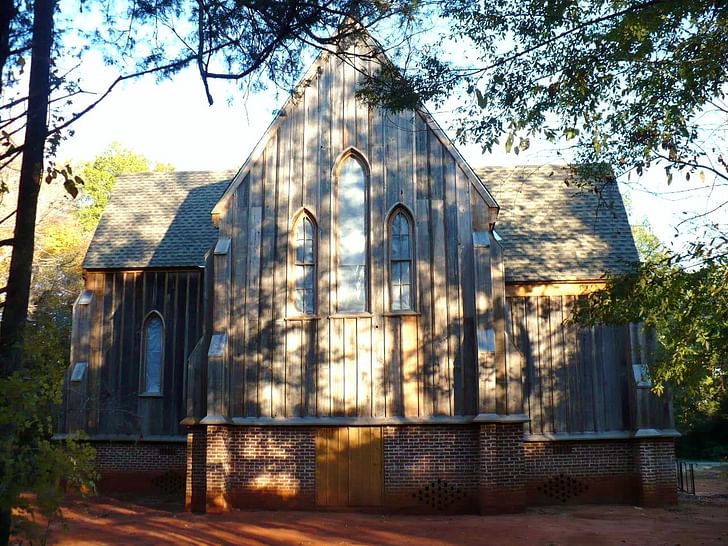
Alabama’s first capital, Cahaba, is a ghost town where remnants of antebellum architecture reflect its former prominence. Established in 1819, Cahaba grew rapidly, featuring brick homes with stately columns, churches, and civic buildings showcasing Greek Revival and early Southern architectural styles.
The American Civil War and frequent floods led to its decline, leaving behind ruins that blend historical elegance with the encroaching wilderness. Brick foundations, columned porticoes, and remnants of iron fencing hint at the town’s architectural past, which can still be explored by the visiting public.
Burj Al Babas, located in Turkey’s Bolu Province, is a modern ghost town of mini-castles. Built in the early 2000s as a luxury housing development, it aimed to attract wealthy buyers with hundreds of nearly identical, Gothic-inspired chateaux, each featuring turrets and ornate facades.
However, economic troubles and dwindling demand halted the project before completion, leaving over 700 homes vacant. Today, the neatly arranged rows of empty, fairytale-like villas create a surreal atmosphere, while its future remains a topic of conversation among governments and investors.
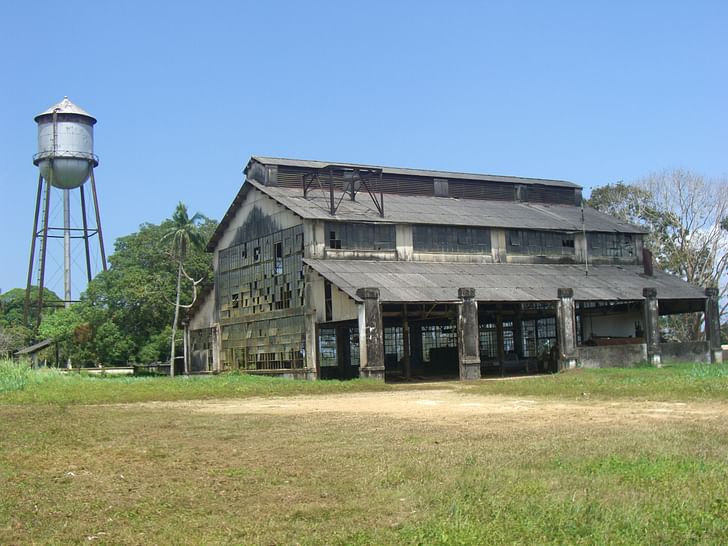
Nestled in the Brazilian Amazon, Fordlândia was established in 1928 by Henry Ford, intended as a self-sustaining rubber-producing town for the Ford Motor Company. Ford envisioned an American-style community complete with wooden homes, a school, a hospital, and a golf course.
However, due to poor planning, resistance from local workers, and the challenges of rubber cultivation in the Amazon, the venture failed by the 1940s. Now, Fordlândia’s abandoned buildings, including factories, houses, and rusting water towers, stand empty, slowly being overtaken by nature. The singular landscape contains many architectural reflections: the limitations of industry imposed on nature, the complexities and legacies of colonialism, the link between cities and finite industries, and ecological resilience.

A quintessential “wild west” town, Bodie was a booming gold rush hub in the late 1800s. When mining declined, however, the town was gradually deserted and today stands preserved in a state of “arrested decay.”
Wooden saloons, general stores, and homes remain filled with the original furniture and belongings of past residents. Bodie’s dry climate has helped preserve its buildings offering a glimpse into frontier life, while the town's dusty streets and rustic structures transport visitors back to the era of the California gold rush.
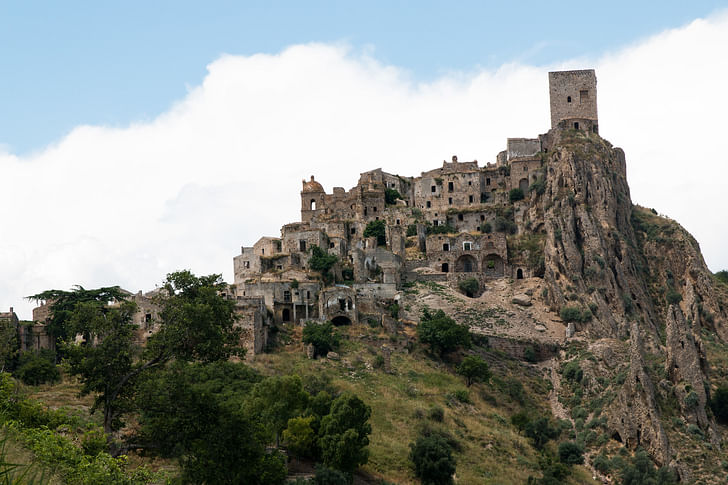
Perched on a rugged hilltop, Craco dates back to the 8th century and hosts ancient stone houses and medieval towers. Plagued by landslides, floods, and an earthquake, the town was gradually evacuated in the 20th century leaving its narrow streets and deserted piazzas behind.
Today, the town's Romanesque structures and looming tower form an arresting silhouette against the horizon, as if forming an artificial extension of the mountains. Despite being devoid of life, the town is occasionally used as a film location for movies such as The Passion of the Christ.
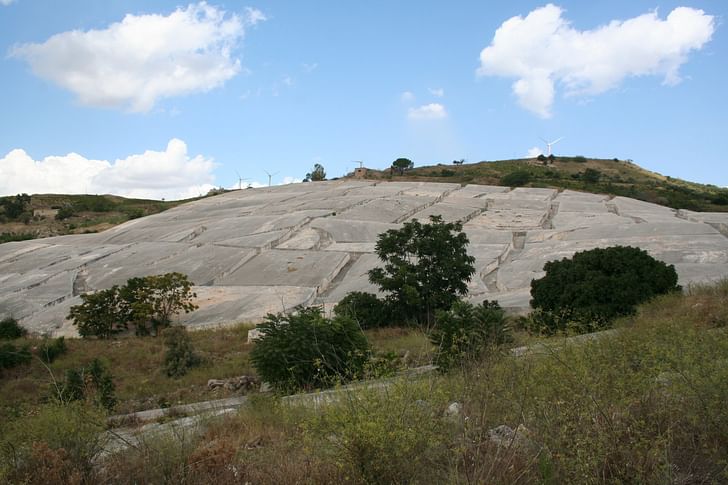
Gibellina Vecchia, an Italian town in Sicily, was destroyed by a massive earthquake in 1968, leaving behind rubble and empty shells of homes. Rather than rebuild on the same site, residents moved to a new location nearby, abandoning the original town; a pattern repeated many times across the Sicilian landscape.
In a tribute to the lost community, artist Alberto Burri transformed the ruins into a massive open-air memorial known as Il Cretto di Burri. The project covered the remains with white concrete, preserving the town’s layout as a labyrinthine landscape of large, geometric blocks. These minimalistic forms create an architectural map of Gibellina Vecchia, blending memory with modern art.
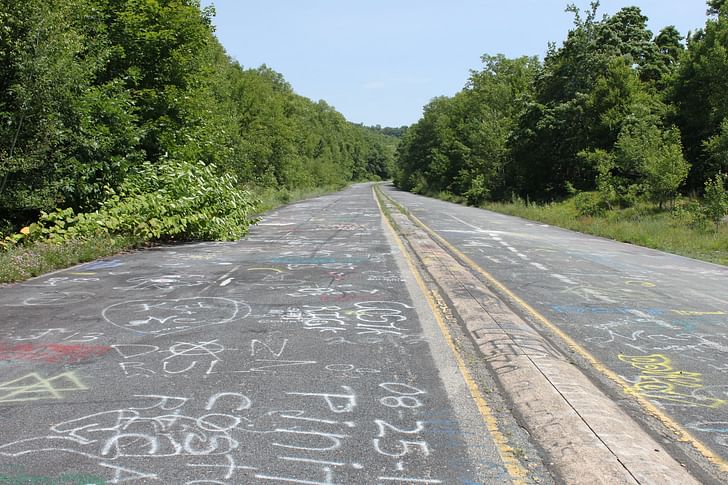
Centralia was a small mining town, slowly evacuated in the 1980s due to a massive coal seam fire still burning underground. As poisonous gases leaked and sinkholes opened, the town’s buildings were gradually abandoned, leaving vacant homes and empty streets in their wake. Some still stand today, with cracked, overgrown sidewalks weaving through what was once a thriving community.
Centralia’s eerie atmosphere is heightened by smoke rising from the ground in places, adding to the town's surreal aura. The town's remaining structures, along with its infamous “Graffiti Highway,” have become a symbol of both human error and environmental disaster.

Founded during a diamond rush in the early 1900s, Kolmanskop was once an affluent desert town modeled after German villages. Lavish homes and grand public buildings once lined its streets, displaying a mix of German colonial architecture and Art Nouveau influences.
After diamond resources dwindled, the town was abandoned, slowly swallowed by sand. Today, its buildings are partially submerged, with rooms filled with dunes creating a surreal sight for visitors, which today include tourists and photographers.
Niall Patrick Walsh is an architect and journalist, living in Belfast, Ireland. He writes feature articles for Archinect and leads the Archinect In-Depth series. He is also a licensed architect in the UK and Ireland, having previously worked at BDP, one of the largest design + ...
3 Comments
Oh man I'm in love with the wood Gothic of Cahaba.
I worked on a church in Florida somewhat similar to this, they (the parishioners) called it Cracker Gothic.
Also it appears the graffiti highway was covered in piles of gravel in April 2020. Sad.
(Yes I just went and visited all of these places on Google maps as I read the article. Nice article, Niall!)
There a bunch of 'ghost towns' here in CO. Mostly they are just a few surviving hovels that used to be mining towns.
Block this user
Are you sure you want to block this user and hide all related comments throughout the site?
Archinect
This is your first comment on Archinect. Your comment will be visible once approved.